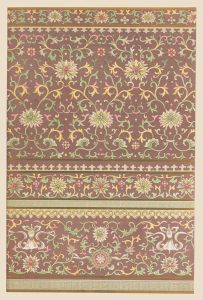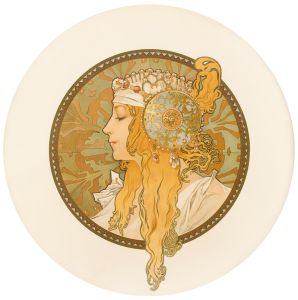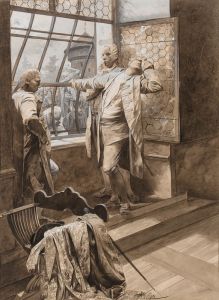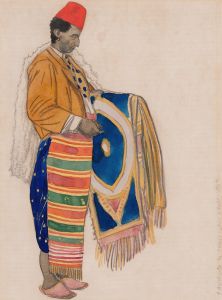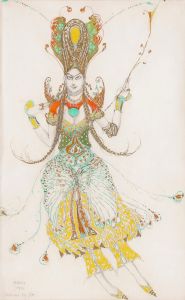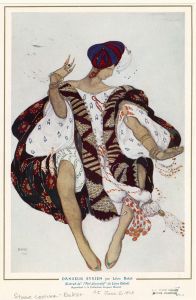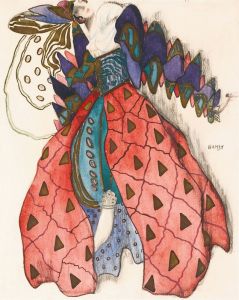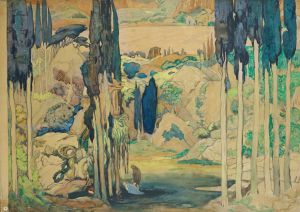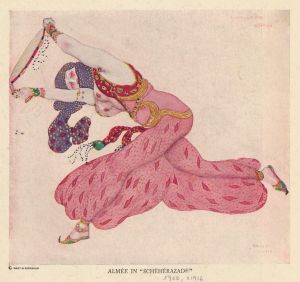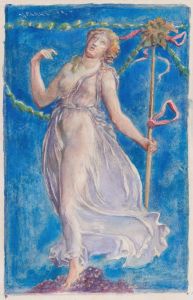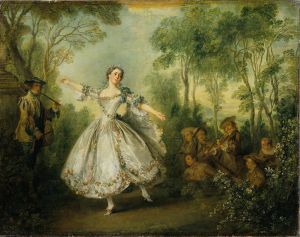
Narcisse
A hand-painted replica of Léon Bakst’s masterpiece Narcisse, meticulously crafted by professional artists to capture the true essence of the original. Each piece is created with museum-quality canvas and rare mineral pigments, carefully painted by experienced artists with delicate brushstrokes and rich, layered colors to perfectly recreate the texture of the original artwork. Unlike machine-printed reproductions, this hand-painted version brings the painting to life, infused with the artist’s emotions and skill in every stroke. Whether for personal collection or home decoration, it instantly elevates the artistic atmosphere of any space.
Narcisse by Léon Bakst is a notable work by the Russian painter and set designer, renowned for his contributions to the world of theater and ballet. Léon Bakst, born as Lev Samoilovich Rosenberg in 1866, was a prominent figure in the early 20th century art scene, particularly known for his association with the Ballets Russes, a groundbreaking ballet company founded by Sergei Diaghilev.
The painting "Narcisse" is part of Bakst's extensive oeuvre that often explored themes from mythology and classical literature, reflecting his deep interest in these subjects. Bakst's work is characterized by its vibrant use of color, intricate patterns, and a sense of drama, all of which are evident in "Narcisse." The painting draws inspiration from the Greek myth of Narcissus, a tale about a young man who falls in love with his own reflection, ultimately leading to his demise. This myth has been a popular subject in art and literature for centuries, symbolizing themes of vanity, self-love, and the ephemeral nature of beauty.
In "Narcisse," Bakst captures the essence of the myth through his distinctive style. The painting likely features a depiction of Narcissus gazing at his reflection, surrounded by a lush and possibly fantastical landscape, typical of Bakst's imaginative settings. The use of bold colors and dynamic composition would be intended to evoke the emotional intensity and tragic beauty of the story.
Bakst's work, including "Narcisse," was influential in the development of modern art and design. His innovative approach to costume and set design for the Ballets Russes had a lasting impact on theater production, influencing contemporaries and future generations of artists and designers. His ability to blend fine art with theatrical design helped elevate the status of set and costume design to an art form in its own right.
While specific details about the painting "Narcisse" may not be extensively documented, Bakst's broader body of work provides context for understanding his artistic intentions and style. His contributions to the visual arts, particularly in the realm of theater, are well-documented and celebrated, with his works held in various museum collections around the world.
Bakst's legacy is marked by his ability to transcend traditional boundaries between different art forms, creating a unique and enduring aesthetic that continues to be studied and admired. His work remains a testament to the rich cultural exchanges of the early 20th century, reflecting the dynamic interplay between Russian and Western European art movements.
In summary, "Narcisse" by Léon Bakst exemplifies the artist's fascination with mythological themes and his innovative approach to art and design. While specific information about this particular painting may be limited, Bakst's influence on the art world is undeniable, and his works continue to captivate audiences with their beauty and theatricality.





